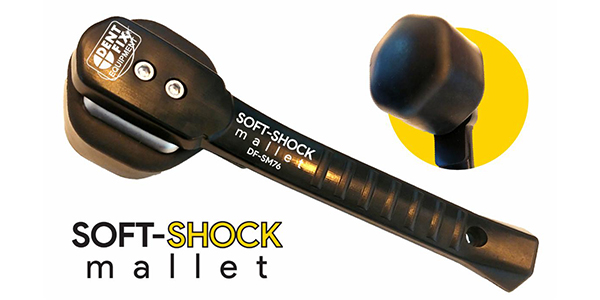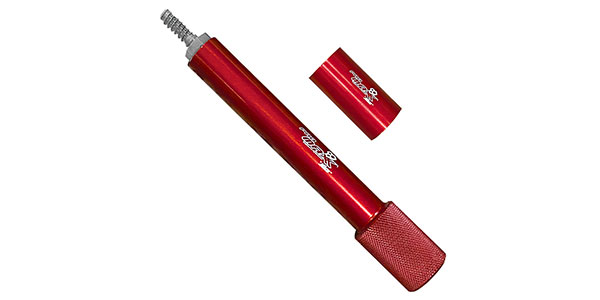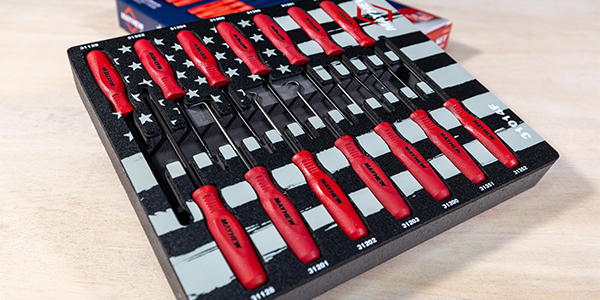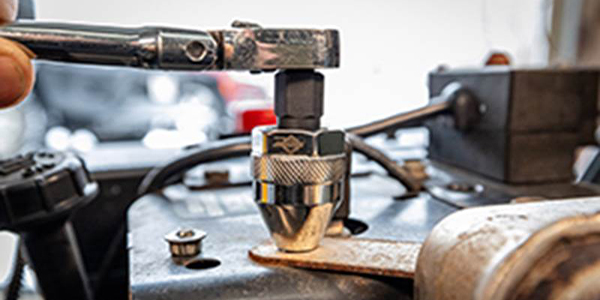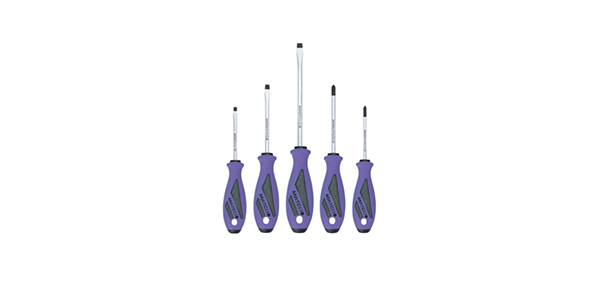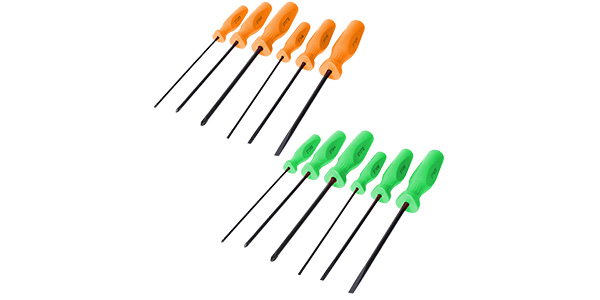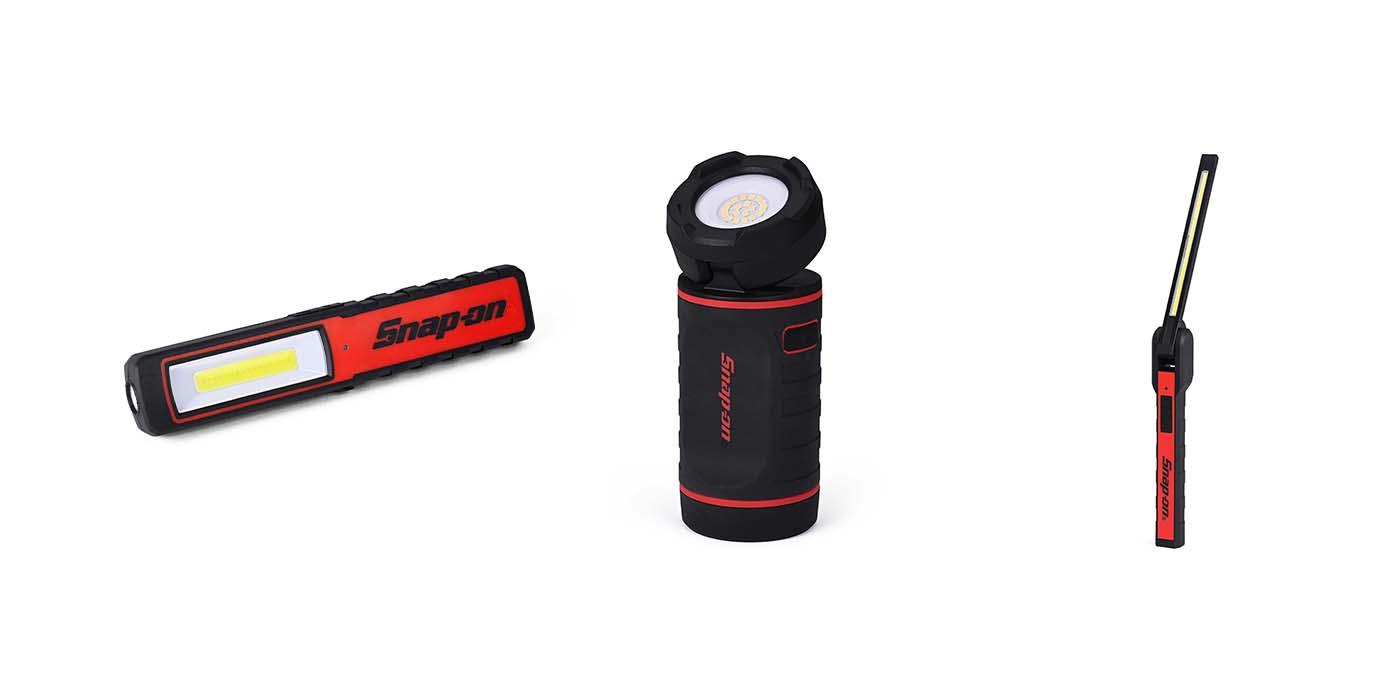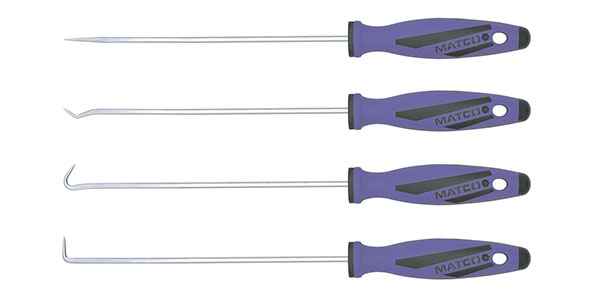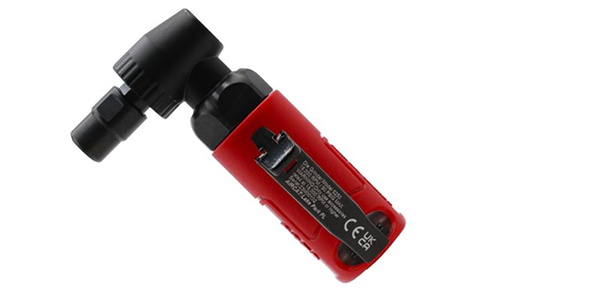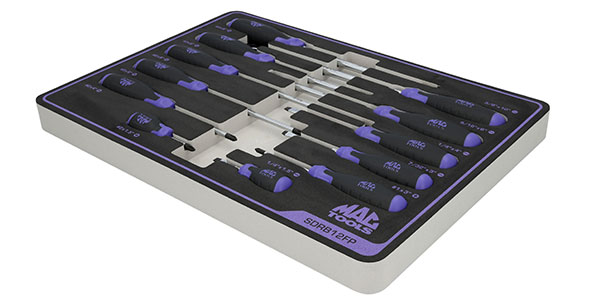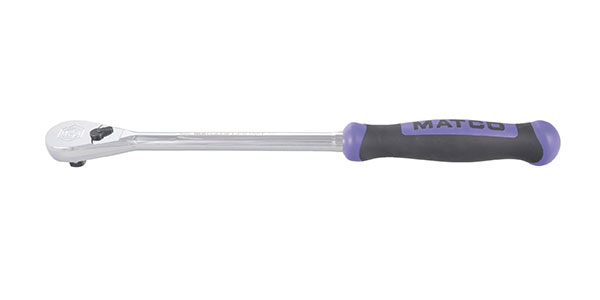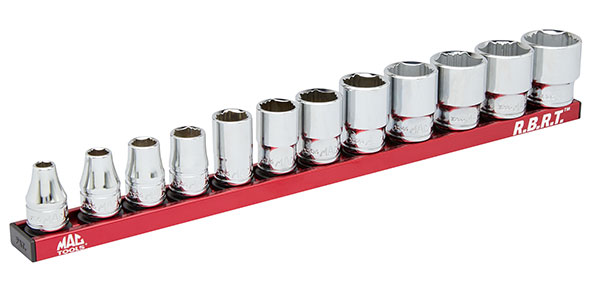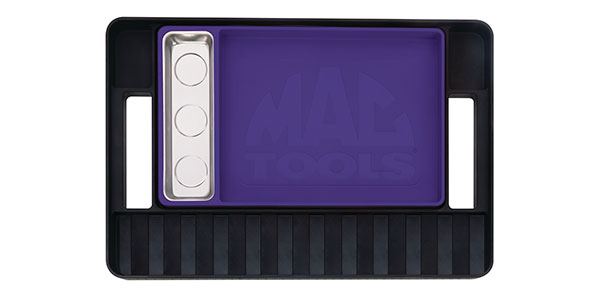By Hank Inman
Contributing Editor
Just as the sports world claims you can’t identify the players without a program, the tire industry chants that you can’t fix a problem without the right tools. The world of tire pressure monitoring systems, or TPMS, is no different. In fact, having the proper tools is critical to servicing vehicles equipped with TPMS.
While technology has done its best to keep up with the industry, in the world of TPMS and especially the tool business, there appears to be a calm before the proverbial storm.
“I would agree with that,” said Scot Holloway, general manager of Bartec USA, the North American arm of U.K.-based Bartec Auto ID. “Companies jumped on the bandwagon early and bought a bunch of tools and put them in their stores. This time, they are waiting to make sure that they’ve got the right tools.”
Bartec USA has been one of the worldwide leaders in the development of reading and testing equipment for TPMS for 10 years. The company has installed its equipment in more than 70 component plants around the world, and Bartec counts among its clients the major manufacturers of TPMS sensors and most of the major auto companies.
“We’ve come from the OE world,” said Holloway. “We actually deal with a car on the assembly line. So as it moves down the line, we’re activating and decoding the data and then programming the car.”
Bartec USA’s affiliate, Bartec Auto ID, also is a leading designer and supplier of commercial vehicle tire management systems, RF- ID readers, vehicle satellite tracking systems and other tire and vehicle technology products. The company has offices in the U.S. and Europe, manufacturing in Barnsley and Coventry in the U.K. and Shenzhen Province in China, and has a network of agents and partners throughout the world.
Early on in the TPMS upsurge, Bartec Auto ID partnered with Siemens and Schrader – two major manufacturers of TPMS sensors – and serviced such auto customers as Ford, Daimler Chrysler, GM, Mitsubishi, Renault, Volvo, Nissan, Subaru, Isuzu, Land Rover, Jaguar, Honda, Hyundai, Toyota, Kia, BMW, Mercedes and several wheel manufacturers and assemblers across the world.
Assessing Needs
Whether or not it is related to the economic downturn in North America, Holloway believes, like most optimists, that the present lull is an excellent opportunity for dealers (both tire and auto) and repair shops to invest time in assessing their tool needs and requirements, in addition to purchasing the right tools and equipment to handle not only present issues but future and anticipated ones as well.
“We’re talking to everybody these days,” Holloway said, “as I’m sure some of our competitors are doing, too. The big names in the industry are interested, but they’re not doing anything without doing a lot of homework this time because they spent a bunch of money a couple of years ago on tools, and it turned out that they needed something more.”
So these days, there exists a type of study period? “Well, sort of,” Holloway said.
Now that all automobiles that come off the assembly lines must have TPMS and must be compliant with NHTSA mandates, the initial shock is over. However, Holloway suggests that this is a great opportunity for shops to review their inventory of TPMS tools, and determine what worked and what could work better.
What are some of the things that a buyer should consider when tooling up?
“First and foremost,” said Holloway, “is that the tool should have the ability to deal with every sensor that’s in the marketplace. Everybody knows Schrader, Siemens, TRW, Lear, Pacific and Beru. Typically all the sensors ‘wake up’ to a low frequency 125-kilohertz triggering signal, however there is a 309-megahertz activated sensor, which is a little more challenging. There are tools available for plants that can handle that frequency, but it’s not really easy to package in a small hand tool.
“The second recommendation is to check and see if your current tools are operating according to each manufacturer’s specifications. Each sensor wakes up differently. Schrader sensors wake up by using a continuous wave signal. Siemens sensors wake up by using a modulated signal which is on and off in various patterns, and once the sensor sees that pattern, it says, ‘OK I see that signal, that pattern, I’m OK to transmit my data.’ TRW does it the same way.
“They call this form of LF wakeup a datagram. It’s the information that’s being sent to that sensor via the airwaves, if you will, to tell the sensor to transmit its information. What’s unique about that is Siemens and TRW are classic examples of different LF datagrams that you can send those sensors to tell it to do different things — change modes, transmit certain data or turn it off.”
Diagnosing an existing system, however, takes time — and time always means money.
“To do any diagnostic work – to reprogram a car, to relearn the car — you have to make that sensor transmit a signal. In that process, there are a number of ways to do that,” said Holloway. “In early sensors that Schrader made you could actually use a magnet to do that, or you could just bleed air out of the tires. Anytime you let the air out of the tires or change the pressure of the tire, they start transmitting. Of course, the problem is that you now have to put air back in the tire and have to deal with that extra step.”
Holloway said that a service technician obviously prefers a tool to help him go through those procedures. If used properly, tools can indeed increase a shop’s efficiency and bottom line.
“The proper TPMS tools can definitely be time-saving devices,” Holloway said, “providing they are easy for the technician to use and understand.”
Holloway cited an example: “If you look at Toyota — even at their dealerships — if they’ve changed a sensor or had to replace the control module that runs the TPMS on a vehicle, the only way that vehicle can be programmed is with their scan tool. First of all, you have to have the dealership’s scan tool, I think they call it the TechStream, plugged into the car via the OBD. Then you have to key in the sensor IDs by hand.
“Well, there’s two ways to get the sensor IDs: You can break the wheel and tire down to get to the sensor because the ID is printed right on it; or you can use a tool to capture the ID and then just copy it from the tool to your TechStream,” he continued.
“So obviously, the tech says, well, I can do it with a tool in about three minutes, or I can spend 15 to 20 minutes per wheel breaking them down just to get the IDs. Those are the labor-savings that a tool can give to a technician.”
Just as the present generation of TPMS tools can handle many issues, there are some things that they can’t accomplish. As Holloway previously mentioned, most tools can “wake up” sensors, but “where the tools are separated from one another is how well, if at all, they decode the information.
“In other words, you’ve made the sensor transmit, now what are you doing with that? Are you decoding it and displaying what the pressure and temperature are inside that tire? Are you letting the user know that the battery within the sensor is good or bad?”
Holloway said that sensors are the major determining factor in selecting the correct diagnostic tool.
“There are two sides to the story when you talk about a sensor,” he said. “You’ve got the wake up protocol, which is different with all manufacturers. Then, once they’re ‘woken up’ and transmitting, there’s the ‘decode’ protocol. What kind of signal am I getting? What frequency is it? What is the baud rate? What is the format? Is it AM or is it FM?
“There are a handful of things that go into knowing how the sensors operate,” Holloway said. “There are tools that activate sensors and there are tools that activate and decode sensors and give you all that information on display. Some tools activate and give you an indication that they heard something at a frequency — 315 or 434 megahertz — but they don’t really decode, they just hear that frequency going off.”
Stocking Tools
Once the need and requirements are determined, then tool selection is the final step. What makes a good TPMS tool for your application?
“There are tools out there that will send out the right signal,” said Holloway, “but at such a high power level that you don’t know if you’re getting the sensor that you are working on right in front of you, the one on the adjacent vehicle in the next bay or the rear tire on the same vehicle. Understanding the power level is just as important as what signal you’re sending.
“Then there are certain sensors that have timing issues. If your tool doesn’t leave the signal on long enough, you might miss it and now you’re going to think you’ve got a bad sensor,” he said.
Select your tools based on the right command, the right power level and the right timing. The bottom line, according to Holloway, is ensuring that the end-user has functionality in one tool. “It should be both an activation tool and a scan tool.”

